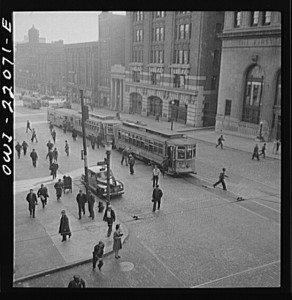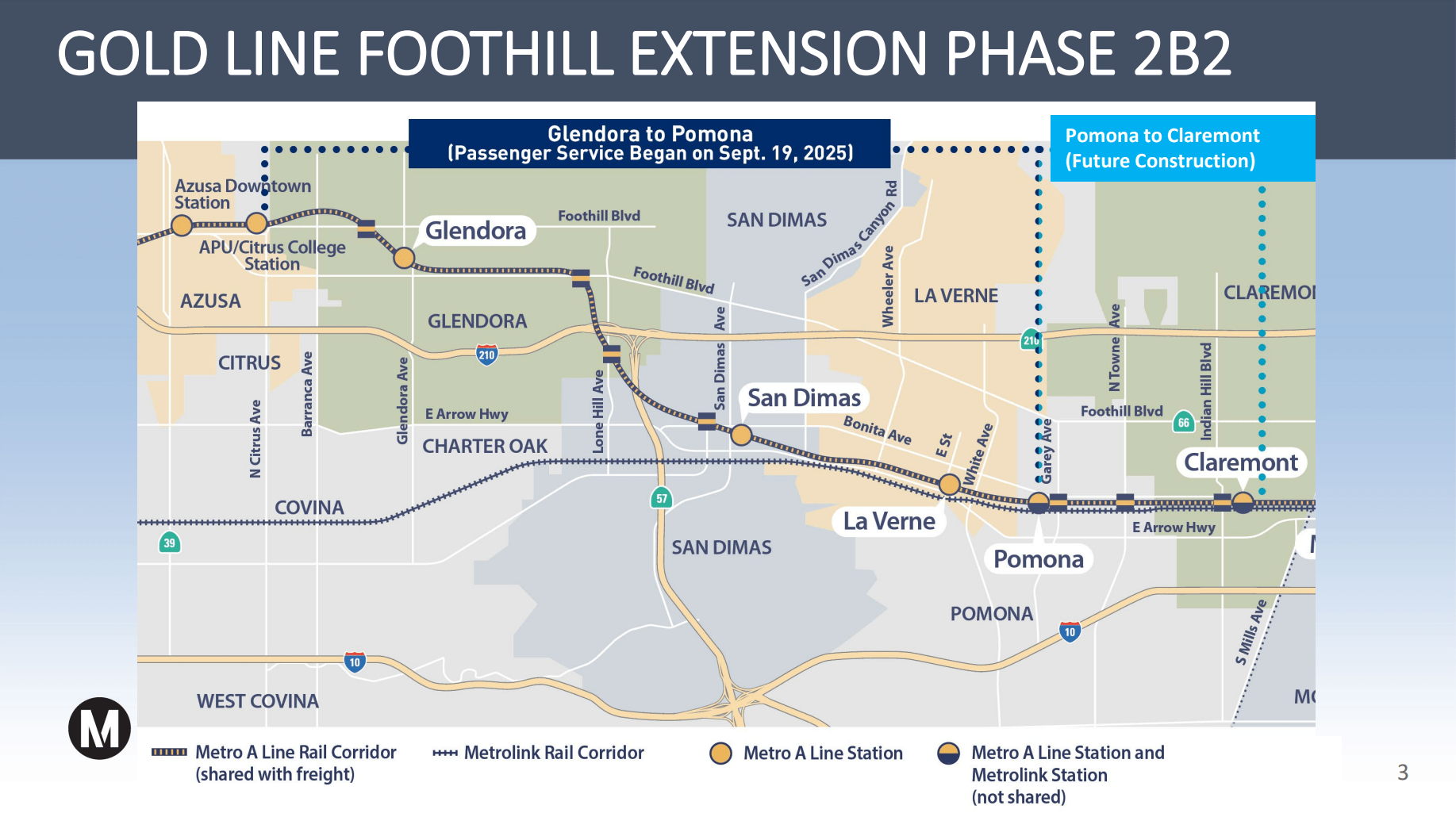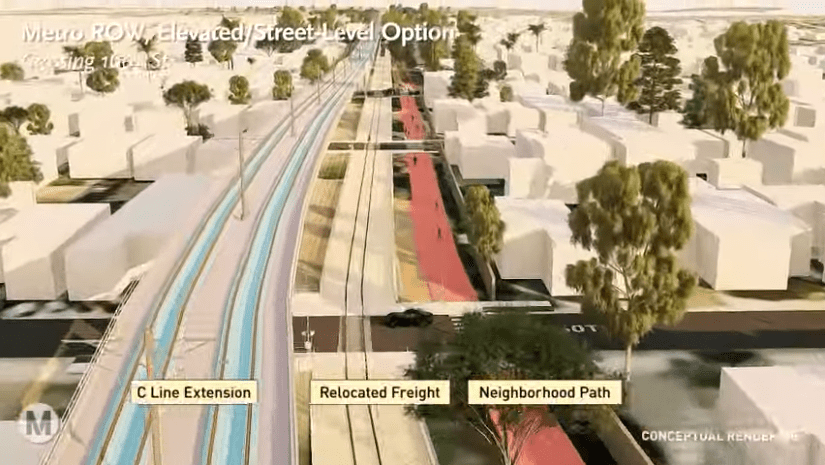Unless you happen to stumble over the occasional wayward track protruding from asphalt, it’s difficult to tell today that the city of Baltimore was once home to an extensive streetcar system. In the late 1920s, however, over 400 miles of lines formed a latticework over the city, making virtually every corner accessible within a half hour trip.

Most people assume that streetcars, and the compact development and street life they nurtured, fell victim to consumer preferences for automobiles after a struggle in the free market. But the transition was prompted by very deliberate interference from the automobile industry, writes Mark R. Brown at Car Free Baltimore:
The depression, the suburbs, cars, and poor management were factors in the system’s demise. But the primary reason why Baltimore, and most other cities, dismantled their networks had to do with monopolistic and unscrupulous practices by GM, Firestone Tire, and other companies who had financial interests in eliminating competition to make way for cars and buses. A conglomerate of powerful corporations illegally bought streetcar lines out.
With the premise that the demise of streetcars was unjust and had a deleterious effect on mobility, urban growth patterns, and the environment, Baltimore should bring these babies back like Cincinnati, DC, and Charlotte are doing.
The reason other cities are warming to streetcars, Brown writes, is their documented benefits for economic development, mobility and tourist attraction. The Obama administration is also giving many projects a boost through its livability programs. And after all this time, there is some evidence that Baltimore is starting to see the light, reports Brown:
Charles Street Development Corporation initiated a streetcar study for Charles Street. The ridership numbers for the Charm City Circulator, with routes that roughly mimic possible future streetcar alignments, are also promising. Now is the time to be bold. Now is the time for streetcars.
Elsewhere on the Network today: The Chicago Bicycle Advocate looks at the potential benefits of non-owners car insurance as an option to protect for carfree bicyclists in case of injury by uninsured motorists. Bike Portland reports that a $200 million funding gap in the Portland-Milwaukie light rail project is likely to lead to cuts in bike and pedestrian projects. And The Transport Politic examines Tampa’s ballot initiative for a tax increase to pay for light rail, bus, and highway projects.






